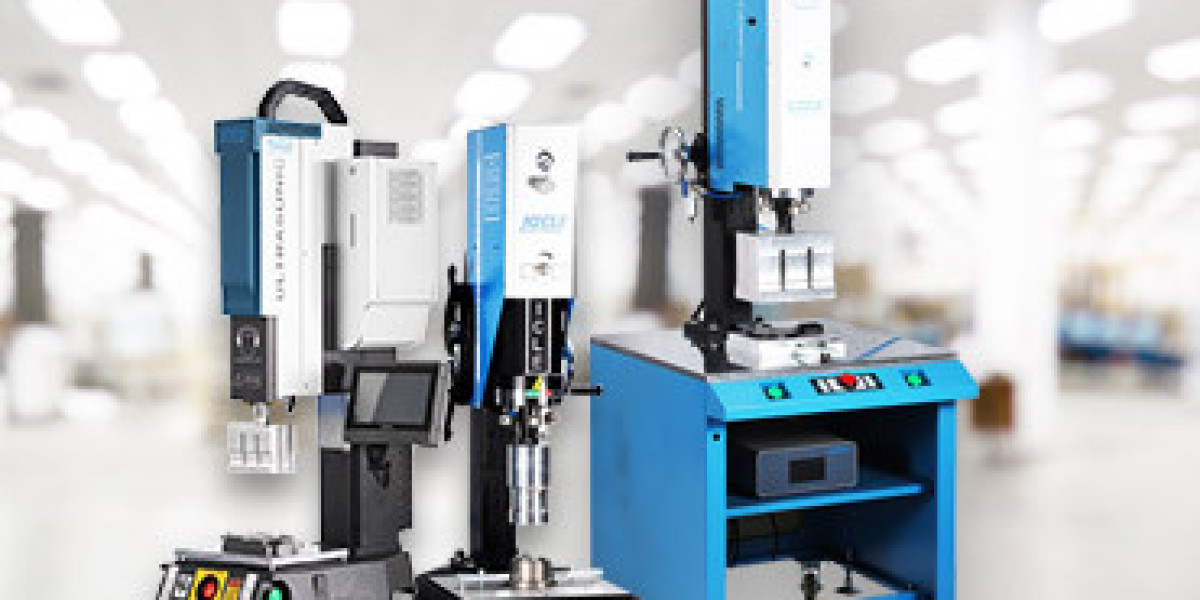The potential of 15kHz ultrasonic welding in emerging industries is vast. Its ability to handle thick and dense materials, integrate seamlessly with automated systems, and ensure strong, consistent bonds makes it a valuable tool in the renewable energy, smart manufacturing, and advanced ma
Introduction
Ultrasonic welding technology has been a game-changer in various industries, offering a fast, efficient, and precise method for assembling plastic components. Among the various frequencies used in ultrasonic welding, 15kHz stands out for its ability to handle thicker and denser materials, making it ideal for a wide range of industrial applications. This article explores the potential applications of
15kHz ultrasonic welding in emerging industries such as renewable energy, smart manufacturing, and advanced materials.
1. Renewable Energy
The renewable energy sector is experiencing rapid growth, driven by the need to reduce carbon footprints and transition to sustainable energy sources. Ultrasonic welding technology, particularly at 15kHz, offers several advantages for manufacturing components in this industry.
Solar Panels: 15kHz ultrasonic welding can be used to assemble solar panels by joining plastic frames and connectors. The technology ensures strong, reliable bonds without the need for adhesives or solvents, reducing environmental impact. This method also offers faster cycle times, improving production efficiency.
Wind Turbines: Components such as nacelles and blade connectors can benefit from 15kHz ultrasonic welding. The technology ensures precise and strong bonds, crucial for the durability and reliability of wind turbine components.
2. Smart Manufacturing
The integration of Industry 4.0 technologies is transforming manufacturing processes, making them more efficient, precise, and data-driven. 15kHz ultrasonic welding aligns well with these advancements, offering several benefits:
3. Advanced Materials
The development and use of advanced materials, such as thermoplastics and composites, are driving innovation in various industries. 15kHz ultrasonic welding offers several advantages for working with these materials:
Thick and Dense Materials: 15kHz ultrasonic welding is particularly effective for joining thick and dense materials. The lower frequency allows for deeper penetration and greater energy transfer, ensuring strong bonds. This makes it ideal for applications requiring robust and durable assemblies.
Multi-Material Assemblies: The technology can handle multi-material assemblies, allowing for the integration of different materials in a single component. This flexibility is crucial for industries developing advanced composite materials.
Case Studies
Solar Panel Manufacturing
Company: GreenTech Solar
Challenge: Traditional welding methods were slow and inconsistent, leading to inefficiencies in the production of solar panels.
Solution: GreenTech Solar integrated a 15kHz ultrasonic welding system, specifically the Model 1595 benchtop welder, which is designed for medium to large-size parts. This system offers high amplitude vibrations and precise control, ensuring robust and consistent bonds.
Outcome: The implementation of the 15kHz ultrasonic welder significantly improved bond strength and reduced material degradation. Production cycle times were reduced by 30%, leading to increased efficiency and lower operational costs.
Wind Turbine Component Assembly
Company: WindPower Solutions
Challenge: Traditional methods resulted in inconsistent bond strength and material degradation, affecting the reliability of wind turbine components.
Solution: WindPower Solutions adopted a 15kHz ultrasonic welding system, focusing on its ability to create strong, reliable bonds. The Model 1596 slimline actuator was chosen for its compatibility with automated systems and precise control.
Outcome: The switch to 15kHz ultrasonic welding eliminated the risk of contamination, ensuring the highest standards of reliability. Bond strength was improved by 40%, and the production process became more efficient, reducing waste and improving product reliability.
Conclusion
The potential of 15kHz ultrasonic welding in emerging industries is vast. Its ability to handle thick and dense materials, integrate seamlessly with automated systems, and ensure strong, consistent bonds makes it a valuable tool in the renewable energy, smart manufacturing, and advanced materials sectors. As industries continue to seek more efficient and sustainable manufacturing solutions, 15kHz ultrasonic welding technology is poised to play a crucial role in driving innovation and improving production processes.






